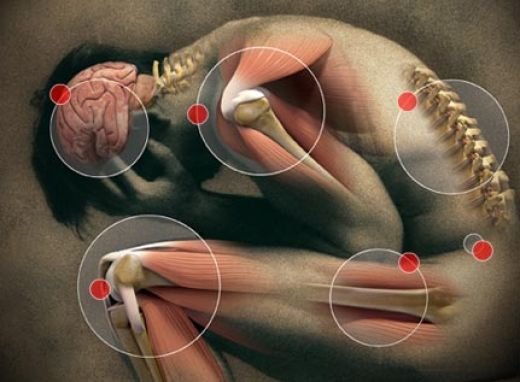
Hope for joint pain patients- AdiStem reveals that platelet rich plasma reduces pain and accelerates healing
Singapore: AdiStem, a provider of photo activation technology and medical solutions, highlighted that platelet rich plasma (PRP) reduces pain and accelerates healing. Although PRP injections are emerging as a treatment for joint pain and osteoarthritis, many orthopaedic doctors have now found that photoactivating PRP prior to injection reduces pain and accelerates healing.
This was demonstrated in a recent study of 102 patients in Australia suffering severe knee, hip, shoulder, elbow and joint pain in which their PPR was photoactivated prior to injection into the affected area. An independent doctor audit subsequently showed that 80 percent of patients aged between 40-to-70 in this study experienced "reduced pain" and were "satisfied" with the result.
Heading the study was Dr Peter Lewis, sports medicine physician, specializing in martial arts and Australian rules football. He observed that, "I'm now doing at least 50 Photoactivated PRP injections every week. I've been getting dramatic results and am enthusiastic about it. My practice has grown significantly as a result - and I have had to appoint more doctors."
In this new PRP procedure the doctor draws blood, places it in a centrifuge to separate the PRP from the red blood cells and then photoactivates the PRP for 10 minutes before injection back into the patient's joint pain or injury. A key component in the PRP photoactivation procedure is Adistem's Adi-Light which uses low intensity light at specific frequencies to increase the secretion of various anti-inflammatory and healing agents from peripheral blood cells and platelets into the PRP.
According to Dr Vasilis Paspaliaris, the medical scientist who developed the Adi-Light unit for Adistem, photoactivation actually does more than that. "Photactivation seems to increase the secretion of tiny vesicles (exosomes) from peripheral blood white blood cells, stem cells and platelets". Adistem were initially made aware of this through its ongoing research into cell photoactivation which has in part been carried out on their behalf by Australia's National Science Agency (CSIRO).




